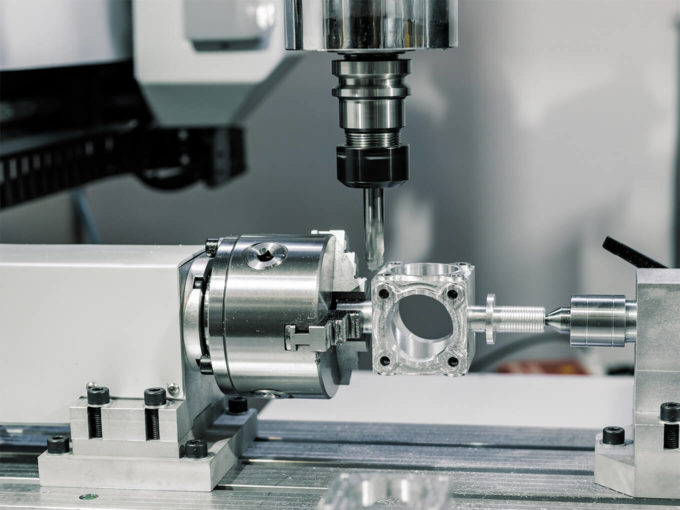CNC
CNC (Computerised Numerical Control) describes the computer-aided control of machine tools such as milling, turning or grinding machines. Using digital specifications, often in the form of G-code (see below), components can be machined with high precision and repeatability. The source data usually comes from CAD systems and is converted into CNC programs using CAM software. CNC plays a central role in the production of moulds for die casting or injection moulding, as it allows complex geometries to be produced automatically. CNC also ensures consistent quality in single-part and small-batch production and reduces the need for manual rework.

Advantages of CNC
- High precision: complex geometries can be manufactured accurately and repeatedly.
- Automation: once programmed, processes reduce the need for manual labour.
- Versatile materials: from metals to plastics, wood or glass.
Note on G-code
G-code is a programming language that CNC machines use to execute their travel and machining paths. It is often generated from CAD data using CAM software, so that designers do not have to work directly with G-code.

